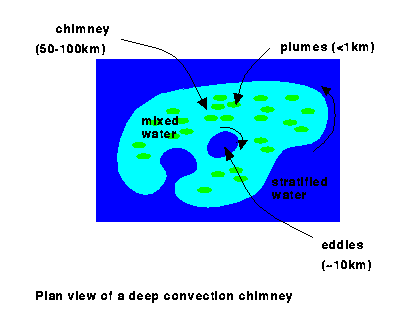
Observations of open-ocean deep convection, suggest that the convective process is intermittent and takes place through a hierarchy of scales. Through our work and the observations and laboratory experiments of others, the following working model of open-ocean deep convection has emerged.

The above figure is a schematic representation of our working model of an open-ocean deep convection chimney; The kind that can be observed in the late winter in, for example, the Gulf of Lions (in the North Western Mediterranean) or in the Labrador Sea. Such "chimneys" are a key signature of open-ocean deep convection and exist as "columns" of mixed water which have been observed to approach 100km in diameter. Under sufficiently intence meteorological conditions they can extend all the way down to the ocean floor.
Chimneys are created and sustained by the existance and action of convective elements termed "plumes" which have a scale of around 1km. Driven by intense cooling at the sea-surface reaching perhaps -1000 W m/2, they comprise both ascending and descending currents which can reach speeds in excess of -10 cm/s. Plume penetration of the water column efficiently homogenises its properties.
The deep, cold mixed layer thus formed, maintained close to neutrality (an absent or vanishingly small density stratification) by the action of the plumes, sinks under gravity and geostrophically adjusts developing a rim current in thermal wind balance with the density surfaces which bow up towards the surface in a baroclinic zone of Rossby radius width around the chimney. After some time the rim-current becomes baroclinically unstable, shedding of baroclinic instability eddies then transfers buoyancy laterally to stabilise the density front around the chimney. In the event of sustained forcing a quasi-steady state can be reached in which lateral eddy transfer entirely offsets surface buoyancy loss and the preliminary, purely vertical overturning, which brought about the initial deepening, ceases.
So much for our lexicon of spatial features. What of an open-ocean deep convection chimney's temporal characteristics?
Traditionally the evolution of a deep convection chimney, or perhaps more generally that of a region of habitual deep convection (which may support a number of chimneys in any given season), has been loosely divided into three phases:
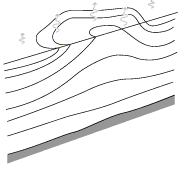
The first is "preconditioning" and corresponds to that period during which the general circulation and meteorology combine to predispose some part of a gyre to locally overturn. In general a site is identifiably preconditioned when there exists a laterally extended deep region of relatively weak vertical density stratification capped by a locally shallow thermocline. A cyclonic gyre-scale circulation has such an effect and it may be no coincidence that all known open-ocean deep convection sites are embedded within ambient cyclonic gyre-scale flows. Once preconditioning is complete, should meteorological conditions become sufficiently intence to tip the balance beyond normal wintertime mixed-layer deepening and in to deep convection, a chimney can develop. In the northern hemisphere, preconditioning begins in late fall, continuing through early winter. Preconditioning remains the least well understood phase of deep convection.
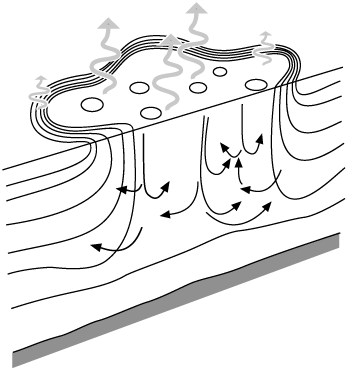
The second phase "violent-mixing" is the period when the surface buoyancy forcing associated with the seasonal, synoptic meteorology, having exceeded some critical level, initiates convection at the preconditioned site. In the northern hemisphere this is usually during late winter (February/March). During this phase the chimney deepens (through plume-scale overturning) and geostrophically adjusts. Provided "super-critical" surface buoyancy loss is sustained, the quasi-steady state described above can be acheived and the surface buoyancy loss is then completely offset through lateral buoyancy transfer by baroclinic eddies. Violent-mixing, in its many guises, is probably the most widely studied of the three phases of deep convection.
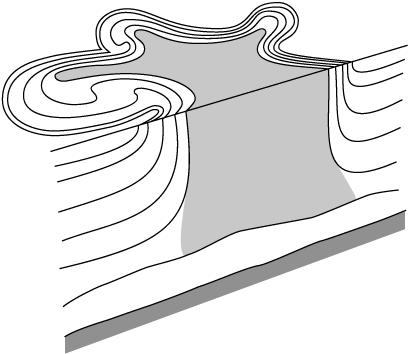
Finally comes "sinking and spreading", the term traditionally ascribed to the long-term, post-forcing restratification of the water column. Once the surface forcing abates, either the balance between surface forcing and lateral eddy buoyancy flux is lost or convection ceases and the chimney, again through baroclinic instability and eddy buoyancy transfer, begins to decay. The eddy field in either case carries columnular chimney fragments away from the chimney site to be incorporated into the general circulation of the surrounding basin and from there into that of the global ocean as a whole. The name originally ascribed to this phase is perhaps unfortunate since the mechanism by which chimney waters sink and spread (geostrophic eddy transfer), even in the presence of surface forcing, is the same; that is sinking and spreading occurs concurrently with violent mixing once baroclinic instability of the chimney reaches finite amplitude. Perhaps renaming the post-forcing period the "restratification phase" would better convey its primary nature.
Should surface conditions again deteriorate sufficiently, deep convection can reinitiate. In that case the dispersing mixed-water fragments, as well as whatever remains of the chimney itself, as vertically extended, localised regions of reduced vertical stratification, form preferential centers for further deep convective activity. The time-scale of sinking and spreading, more so even than preconditioning, is a matter of definition but there can be surface restratification after just a few days while the chimney volume as a whole can restratify within a few weeks.
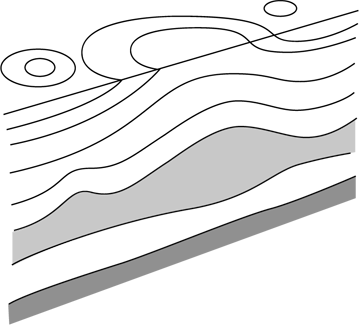
Of course convection, and the mixing for which it is responsible, is a ubiquitous feature of the mixed-layer at the surface of the ocean, but such convection differs distinctly from open-ocean deep convection where the surface forcing and ambient stability combine in such a way that the thermocline is locally erased enabling mixing to occur to uncommonly great depths.
Perhaps surprisingly there are only a handful of rather small sites where open-ocean deep convection is known to occur. The figures below illustrate their scarcity.
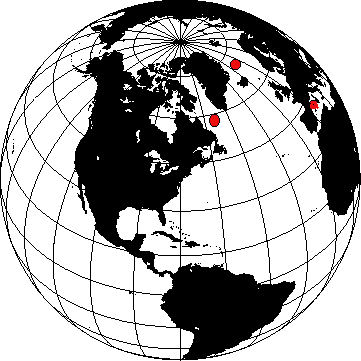
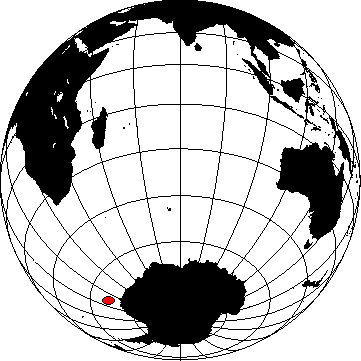
The principal locations for offshore deep water formation of this kind are in polar regions, in the southern hemisphere in the Weddell and Ross Seas off the Antarctic coast (where Antarctic Bottom Water is formed) and in the northern hemisphere in the Labrador and Greenland Seas (where North Atlantic Deep Water is formed. The North Western Mediterranean site, while the least important in global terms, as the most readily observable, remains the best observed.
Look out for a new and exhaustive review of this subject entitled "Open-ocean convection: observations, theory and models" co-authored by John Marshall and Friedrich Schott (the Institute fur Mereskunde an der Universutat Kiel) submitted to Reviews of Geophysics (October 1997).
BACK to the top http://puddle.mit.edu/~helen/oodc.html